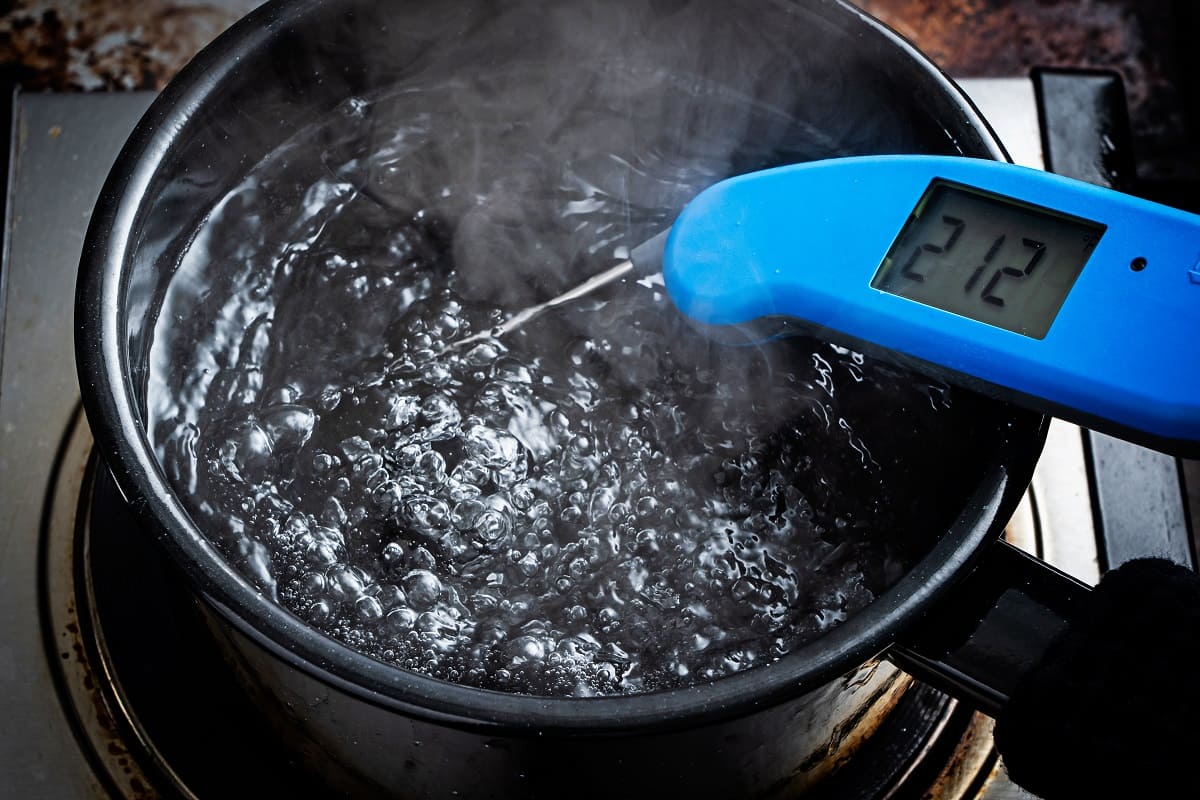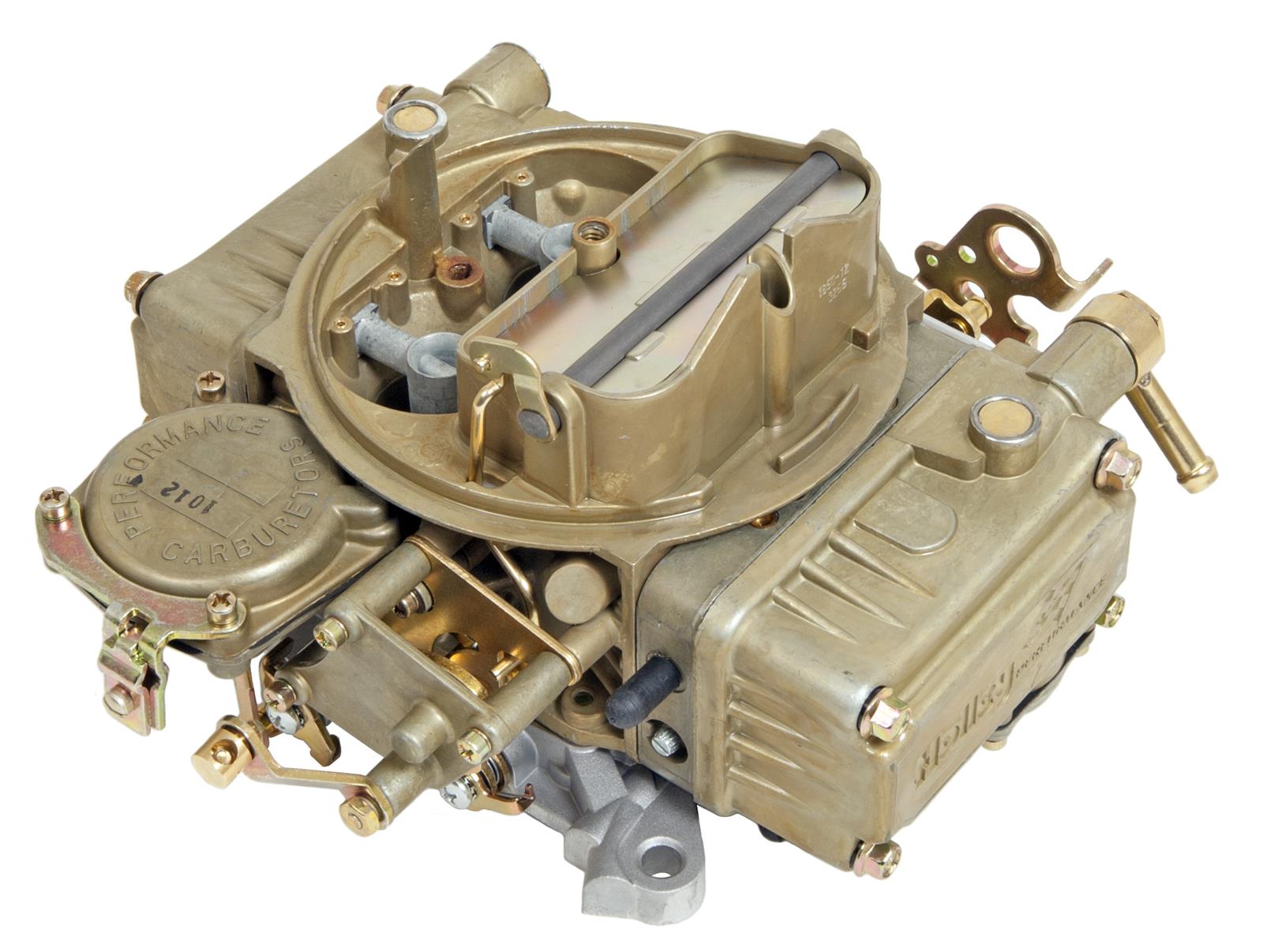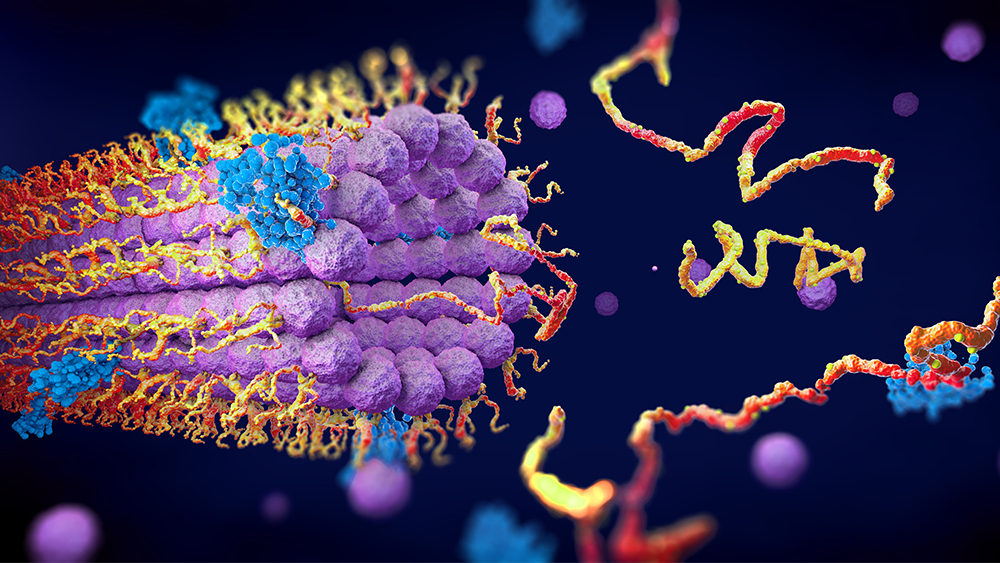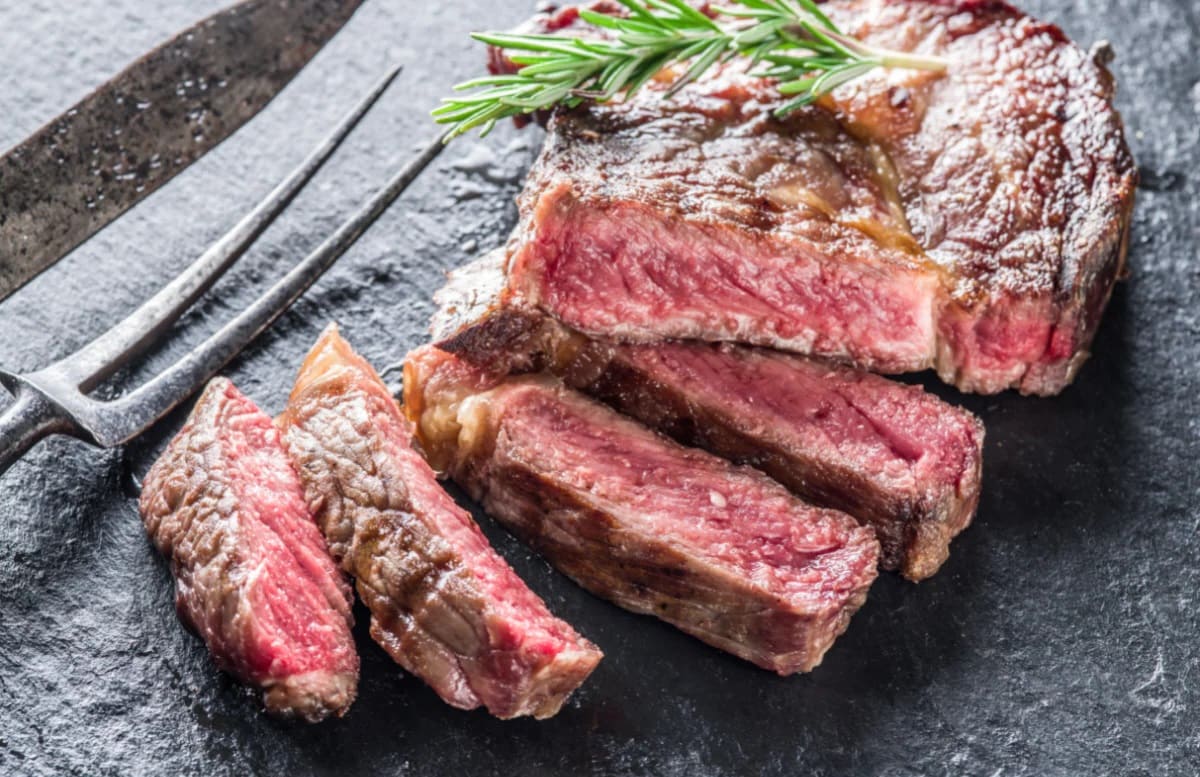Home>Science & Environment>Optimizing Efficiency: The Operation Of A Carnot Engine Between Two Heat Reservoirs At 520 K And 300 K
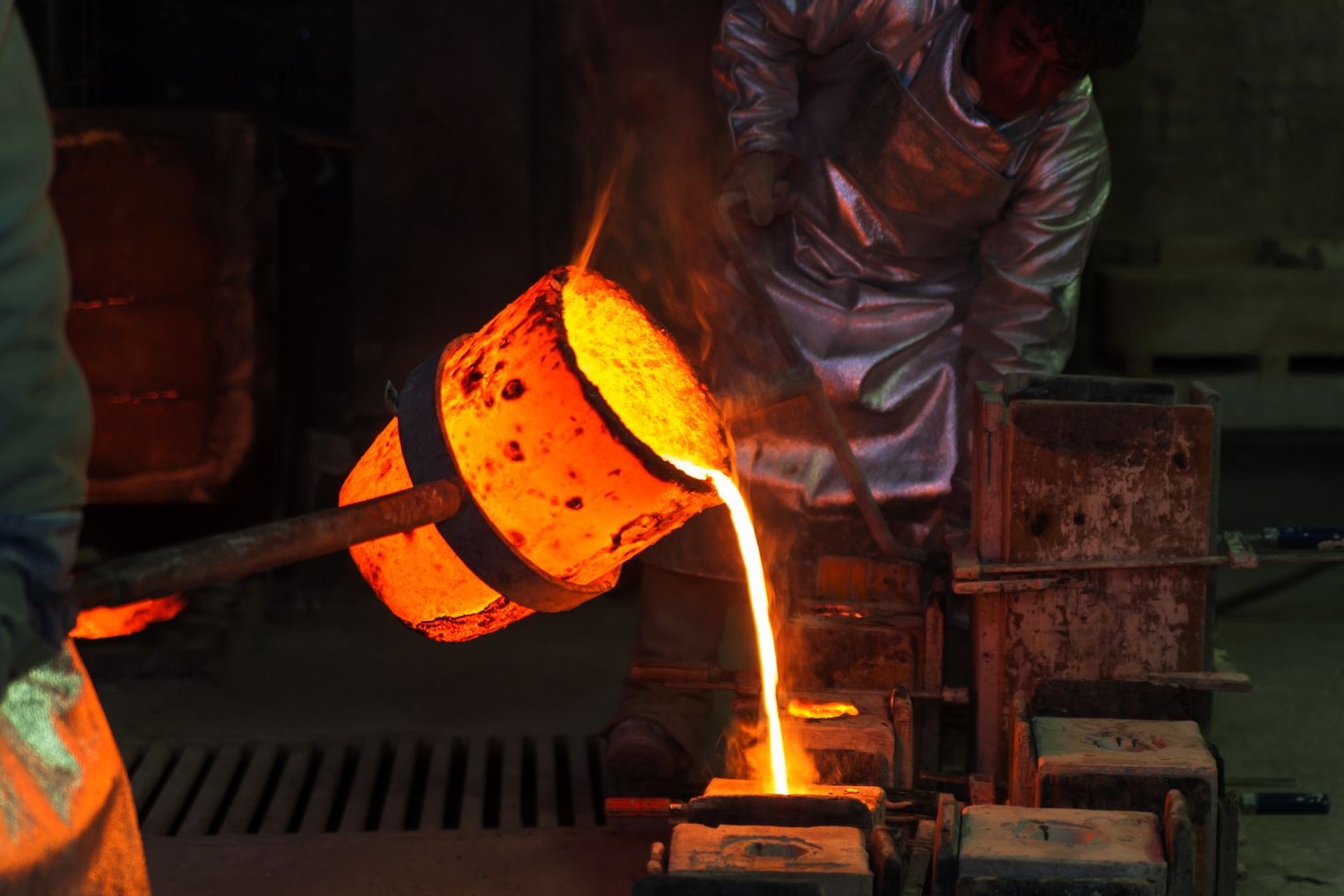

Science & Environment
Optimizing Efficiency: The Operation Of A Carnot Engine Between Two Heat Reservoirs At 520 K And 300 K
Published: March 4, 2024
Learn about the efficient operation of a Carnot engine between two heat reservoirs at 520 K and 300 K. Explore the science and environmental impact of this process.
(Many of the links in this article redirect to a specific reviewed product. Your purchase of these products through affiliate links helps to generate commission for Temperatures.com, at no extra cost. Learn more)
Table of Contents
Introduction
The operation of a Carnot engine between two heat reservoirs at 520 K and 300 K is a fascinating subject that delves into the principles of thermodynamics and heat transfer. Understanding the intricacies of this process is crucial for comprehending the efficiency of heat engines and the fundamental laws that govern their operation.
In this article, we will explore the operation of a Carnot engine in the context of heat transfer between two reservoirs at different temperatures. By delving into the underlying principles and mechanisms, we aim to shed light on the factors that influence the efficiency of the engine and the implications for real-world applications.
The Carnot engine, conceptualized by French engineer Sadi Carnot in 1824, serves as a theoretical benchmark for the maximum efficiency that any heat engine operating between two temperatures can achieve. By examining the heat transfer processes at 520 K and 300 K, we can gain valuable insights into the idealized operation of the Carnot engine and the factors that contribute to its efficiency.
Through this exploration, we will uncover the significance of temperature differentials in driving heat transfer and the role of reversible processes in maximizing the efficiency of the Carnot engine. By delving into the intricacies of this thermodynamic system, we can appreciate the underlying principles that govern heat engines and their potential for optimizing energy utilization.
As we embark on this journey into the operation of a Carnot engine between two heat reservoirs at 520 K and 300 K, we will unravel the complexities of heat transfer, thermodynamic processes, and the pursuit of efficiency in energy conversion. This exploration will provide a deeper understanding of the fundamental principles that underpin the operation of heat engines and their relevance in the realm of thermodynamics and energy utilization.
Understanding the Carnot Engine
The Carnot engine, a theoretical construct developed by Sadi Carnot, serves as a pivotal concept in the realm of thermodynamics. It embodies the idealized principles of a heat engine operating between two heat reservoirs, showcasing the maximum efficiency attainable within the constraints of the second law of thermodynamics. At its core, the Carnot engine operates on the basis of reversible processes, emphasizing the significance of minimizing entropy production to achieve optimal performance.
Central to the operation of the Carnot engine is the utilization of a working substance, typically a gas, to undergo a thermodynamic cycle. This cycle comprises isothermal expansion and compression processes, as well as adiabatic expansion and compression processes. By meticulously orchestrating these processes, the Carnot engine aims to maximize the conversion of heat energy into mechanical work while minimizing energy losses.
The efficiency of the Carnot engine, denoted by the Carnot efficiency, is determined solely by the temperatures of the two heat reservoirs between which it operates. This efficiency is expressed as 1 minus the ratio of the absolute temperature of the cold reservoir to that of the hot reservoir, yielding a theoretical upper limit for the efficiency of any heat engine operating between these temperatures.
In essence, the Carnot engine embodies the pursuit of thermodynamic perfection, striving to achieve the highest possible efficiency by adhering to the principles of reversible processes and idealized heat transfer. While real-world engines may not attain the lofty efficiency of the Carnot engine due to irreversibilities and practical limitations, it serves as a benchmark for evaluating the performance of actual heat engines and the potential for enhancing their efficiency.
By comprehending the fundamental principles that underpin the Carnot engine, including reversible processes, thermodynamic cycles, and the role of temperature differentials, we can gain valuable insights into the theoretical framework that governs the operation of heat engines. This understanding forms the cornerstone of optimizing energy conversion processes and advancing the efficiency of real-world heat engines, thereby contributing to the sustainable utilization of energy resources.
Through a deeper exploration of the Carnot engine, we can appreciate its significance as a theoretical model that illuminates the fundamental principles of thermodynamics and the pursuit of efficiency in energy conversion. This foundational understanding sets the stage for delving into the specific heat transfer processes at 520 K and 300 K, shedding light on the intricate mechanisms that drive the operation of the Carnot engine between two distinct heat reservoirs.
Heat Transfer at 520 K
At 520 K, the heat transfer process within the Carnot engine unfolds with distinct thermodynamic implications. This temperature serves as the hot reservoir, providing the thermal energy that propels the engine's operation. As the working substance within the engine, typically an ideal gas, interacts with the 520 K reservoir, it undergoes an isothermal expansion process. During this phase, the gas absorbs heat from the high-temperature reservoir while maintaining a constant temperature, thereby enabling the performance of mechanical work.
The isothermal expansion process at 520 K embodies the essence of efficient heat transfer, as it allows for the maximization of work output while minimizing energy losses. By harnessing the thermal energy from the high-temperature reservoir, the working substance within the engine expands, driving the conversion of heat into mechanical work. This pivotal stage in the thermodynamic cycle of the Carnot engine underscores the significance of temperature differentials in facilitating the transfer of thermal energy and the performance of useful work.
Furthermore, the isothermal nature of the expansion process at 520 K underscores the idealized nature of the Carnot engine, emphasizing the pursuit of reversible processes to achieve optimal efficiency. By meticulously controlling the expansion of the working substance at a constant temperature, the engine strives to minimize entropy production and maximize the utilization of thermal energy for mechanical work. This adherence to reversible processes at 520 K embodies the fundamental principles of thermodynamic perfection that underpin the operation of the Carnot engine.
As the working substance undergoes isothermal expansion at 520 K, it drives the piston within the engine, performing valuable work that can be harnessed for various applications. This process exemplifies the intricate interplay between heat transfer, thermodynamic processes, and the conversion of energy within the Carnot engine. By delving into the specifics of heat transfer at 520 K, we gain a deeper appreciation for the underlying mechanisms that drive the operation of the engine and the pivotal role of temperature differentials in facilitating efficient energy conversion.
In essence, the heat transfer process at 520 K embodies the foundational principles of thermodynamics and the pursuit of efficiency in energy conversion. By harnessing the thermal energy from the high-temperature reservoir through isothermal expansion, the Carnot engine exemplifies the potential for optimizing heat transfer processes to maximize the performance of heat engines. This understanding sets the stage for further exploration of the heat transfer dynamics at the lower temperature reservoir of 300 K, shedding light on the comprehensive operation of the Carnot engine between two distinct heat reservoirs.
Heat Transfer at 300 K
At 300 K, the Carnot engine engages in a crucial phase of heat transfer, interacting with the lower temperature reservoir to complete its thermodynamic cycle. In this context, the 300 K reservoir serves as the cold source, representing the thermal sink from which heat is expelled during the engine's operation. As the working substance within the engine encounters the 300 K reservoir, it undergoes an isothermal compression process, marking a pivotal stage in the Carnot cycle.
The isothermal compression process at 300 K embodies the essence of efficient heat transfer, as the working substance within the engine expels heat to the low-temperature reservoir while maintaining a constant temperature. This phase represents the conversion of thermal energy into mechanical work, highlighting the intricate interplay between heat transfer dynamics and the performance of useful work within the Carnot engine.
By expelling heat to the 300 K reservoir during the isothermal compression process, the working substance undergoes a reduction in volume, driving the piston within the engine and performing valuable work. This phase underscores the significance of temperature differentials in facilitating the transfer of thermal energy and the conversion of heat into mechanical work, elucidating the fundamental principles that govern the operation of the Carnot engine.
Furthermore, the isothermal nature of the compression process at 300 K underscores the idealized nature of the Carnot engine, emphasizing the pursuit of reversible processes to achieve optimal efficiency. By meticulously controlling the compression of the working substance at a constant temperature, the engine strives to minimize entropy production and maximize the utilization of thermal energy for mechanical work. This adherence to reversible processes at 300 K embodies the fundamental principles of thermodynamic perfection that underpin the operation of the Carnot engine.
In essence, the heat transfer process at 300 K embodies the foundational principles of thermodynamics and the pursuit of efficiency in energy conversion. By expelling heat to the low-temperature reservoir through isothermal compression, the Carnot engine exemplifies the potential for optimizing heat transfer processes to maximize the performance of heat engines. This comprehensive understanding of the heat transfer dynamics at 300 K provides valuable insights into the intricate mechanisms that drive the operation of the Carnot engine between two distinct heat reservoirs, shedding light on the fundamental principles that govern its efficiency and thermodynamic performance.
Maximizing Efficiency in the Carnot Engine
The pursuit of maximizing efficiency in the Carnot engine revolves around the fundamental principles of thermodynamics and the intricate interplay between heat transfer processes, thermodynamic cycles, and the utilization of temperature differentials. At the heart of this endeavor lies the aspiration to adhere to reversible processes, minimize entropy production, and harness thermal energy to drive the performance of useful work.
Central to the maximization of efficiency in the Carnot engine is the meticulous orchestration of isothermal and adiabatic processes within its thermodynamic cycle. By maintaining isothermal conditions during heat transfer with the high-temperature reservoir and executing adiabatic processes for expansion and compression, the engine aims to minimize energy losses and optimize the conversion of heat into mechanical work. This strategic utilization of reversible processes underscores the pursuit of thermodynamic perfection, striving to achieve the highest possible efficiency within the constraints of the Carnot cycle.
Furthermore, the efficiency of the Carnot engine is inherently tied to the temperature differentials between the two heat reservoirs. By operating between distinct temperature levels, the engine leverages the thermal gradient to facilitate the transfer of thermal energy and perform work. The Carnot efficiency, determined solely by the temperatures of the hot and cold reservoirs, serves as a benchmark for evaluating the potential efficiency of real-world heat engines. This theoretical framework highlights the significance of temperature differentials in driving efficient energy conversion and underscores the pivotal role of heat transfer dynamics in maximizing the performance of the Carnot engine.
Moreover, the pursuit of efficiency in the Carnot engine extends beyond the theoretical realm, offering valuable insights for enhancing the performance of real-world heat engines. By embracing the principles of reversible processes, minimizing entropy generation, and optimizing temperature differentials, engineers and researchers can strive to improve the efficiency of practical heat engines. This endeavor holds significant implications for energy utilization, sustainability, and the advancement of thermodynamic systems in various industrial and technological domains.
In essence, the maximization of efficiency in the Carnot engine embodies the relentless pursuit of thermodynamic perfection, emphasizing the utilization of reversible processes, temperature differentials, and the minimization of energy losses. This foundational understanding sets the stage for advancing the efficiency of heat engines, optimizing energy conversion processes, and contributing to the sustainable utilization of energy resources.
Conclusion
In conclusion, the operation of a Carnot engine between two heat reservoirs at 520 K and 300 K unveils the intricate dynamics of heat transfer, thermodynamic processes, and the pursuit of efficiency in energy conversion. Through our exploration of the specific heat transfer processes at these distinct temperatures, we have gained valuable insights into the fundamental principles that govern the operation of the Carnot engine and its implications for real-world applications.
The Carnot engine, with its emphasis on reversible processes and temperature differentials, serves as a theoretical benchmark for the maximum efficiency attainable by any heat engine operating between two temperatures. By meticulously orchestrating isothermal and adiabatic processes within its thermodynamic cycle, the Carnot engine exemplifies the pursuit of thermodynamic perfection, striving to achieve the highest possible efficiency within the constraints of the second law of thermodynamics.
At 520 K, the heat transfer process embodies the efficient utilization of thermal energy from the high-temperature reservoir, driving the isothermal expansion of the working substance to perform valuable work. This phase underscores the significance of temperature differentials in facilitating the transfer of thermal energy and the performance of useful work within the Carnot engine.
Similarly, at 300 K, the Carnot engine expels heat to the low-temperature reservoir through isothermal compression, further exemplifying the conversion of thermal energy into mechanical work. This phase highlights the intricate interplay between heat transfer dynamics, thermodynamic processes, and the pursuit of efficiency in energy conversion.
The pursuit of maximizing efficiency in the Carnot engine revolves around the fundamental principles of thermodynamics, emphasizing the strategic utilization of reversible processes, temperature differentials, and the minimization of energy losses. This endeavor holds significant implications for enhancing the performance of real-world heat engines, optimizing energy conversion processes, and contributing to the sustainable utilization of energy resources.
By delving into the operation of the Carnot engine between two distinct heat reservoirs, we have unraveled the complexities of heat transfer, thermodynamic processes, and the pursuit of efficiency in energy conversion. This exploration provides a deeper understanding of the fundamental principles that underpin the operation of heat engines and their relevance in the realm of thermodynamics and energy utilization.

